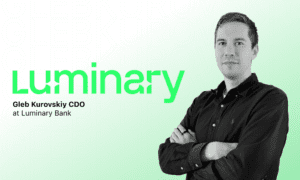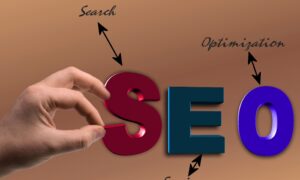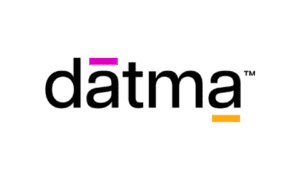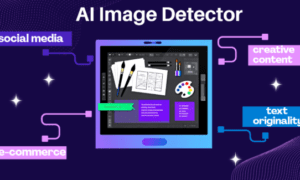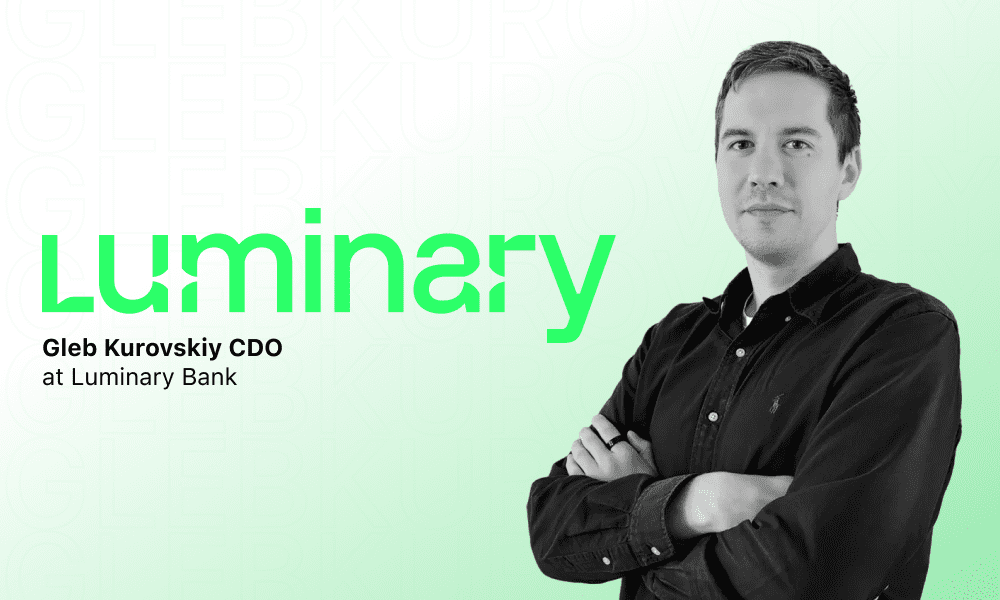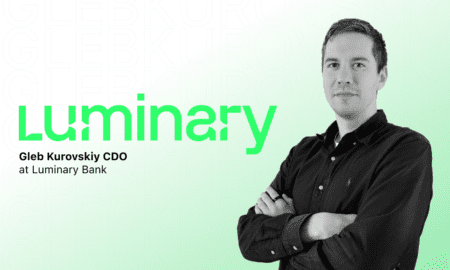In this exclusive TechBullion interview, Michał Leszczyński, Head of Content & SEO at GetResponse, shares insights on the key findings from a recent survey of 1,300+ marketing leaders, revealing a growing shift away from big tech platforms toward owned media. With over 13 years at GetResponse, Michał sheds more light on email marketing’s renewed relevance, the myths holding marketers back, and how brands can build resilient strategies amid platform instability. He emphasizes the critical need for control, trust, and value-driven communication in shaping the future of digital marketing.
Q: Please tell us more about yourself and what you do at GetResponse.
Michał Leszczyński: I’m Michał Leszczyński, and I’m a Head of Content & SEO at GetResponse. I’ve been with the company for over 13 years now, primarily focused on creating strategic content, guiding educational initiatives, and building relationships that bring real value to our customers and partners. It’s a role that puts me at the intersection of data, trends, and storytelling — which I love.
Q: A recent GetResponse survey of 1,300+ marketing decision-makers shows growing distrust in platforms like TikTok and Meta. What do you believe are the key events or trends that have caused this erosion of trust?
Michał: There’s been a growing sense of instability around big tech platforms. The rules of engagement shift constantly — whether it’s algorithm changes, data privacy regulations, or monetization models. Marketers are seeing their reach throttled or entirely redirected at a moment’s notice. That kind of unpredictability creates fatigue and forces people to ask: What do I actually own here?
We’re also seeing user behavior change. People are migrating to closed ecosystems — WhatsApp groups, Facebook communities, niche forums — where they can have more meaningful, curated interactions. This decentralization amplifies the need for marketers to maintain a solid base of communication on channels they control.
Q: Despite rising concerns, many marketers still underutilize email marketing. What are the biggest misconceptions that hold them back, and how can those be addressed?
Michał: One of the biggest myths is that email is outdated or too time-consuming to manage. In reality, it’s one of the few channels where you truly own the data and the relationship. A lot of marketers also fear spamming their audience or simply don’t know how to start. But if you shift your mindset from promotion to value, building real, helpful touchpoints, it becomes one of the most rewarding channels.
Also, marketers often think it’s enough to collect email addresses. But that’s just step one. You have to message your audience consistently so they get used to opening your emails and seeing value in them.
Q: The research highlights a shift toward owned media channels. From your perspective, what does a well-balanced marketing channel strategy look like in 2025?
Michał: It’s all about diversification and resilience. Your core should be built around owned data, that lives in your CRM or email platform, and then you expand into other channels like SMS, web push, or even apps. Ideally, you’ll run omnichannel campaigns where your owned data becomes the command center.
That way, if one channel fails, say your social engagement tanks overnight, you’re not left scrambling. You simply shift more investment into another channel. It’s about being ready for change without losing momentum.
Q: You mentioned that email marketing is where marketers feel they have the most control. Can you elaborate on why email is uniquely positioned to offer this control compared to other owned channels like websites or apps?
Michał: With email, you’re not dependent on a gatekeeper. You don’t have to worry about algorithms or ad budgets determining who sees your content. You send a message — it lands in their inbox. Simple.
Websites and apps are still important, but they require your audience to come to you. With email, you can proactively reach out and deliver value directly. Plus, you can personalize based on behavior, preferences, and timing in ways that are harder to replicate elsewhere.
Q: With nearly 50% of marketers planning to increase their focus on email marketing, what best practices should brands prioritize to maximize impact without overwhelming their audiences?
Michał: Relevance over volume — that’s the golden rule. Segment your lists, personalize your messages, and always be clear about the value of what you’re sending. If someone trusts you with their inbox, respect that by showing up with helpful, timely content.
Also, test and optimize. Look at open rates, click-throughs, and what types of messages resonate. And don’t underestimate the power of automation. It allows you to stay relevant at scale, without manually crafting each campaign.
Q: How can small businesses with limited resources begin shifting their strategy toward owned channels without losing momentum on social platforms that still drive awareness?
Michał: Start by building a bridge between those platforms. Use your social channels to invite people into your owned ecosystem — whether that’s a newsletter, a gated offer, or an exclusive email series.
From there, focus on consistency. You don’t need a huge team to send a monthly email that adds value. And once you get into a rhythm, tools like marketing automation can help you scale without stretching yourself too thin.
Q: The fear of spamming and time constraints were cited as major barriers to email adoption. What tools or strategies can help marketers overcome these specific challenges?
Michał: Smart automation and segmentation are your best friends here. You don’t need to blast the same message to everyone. Instead, create workflows that trigger based on behavior or interests — that’s how you stay relevant without being overwhelming.
Templates, drag-and-drop editors, and pre-scheduled campaigns also help reduce the workload. Many modern platforms are built to save time and reduce complexity — marketers just need to give themselves permission to experiment.
Q: Given your 13+ years in email marketing, how have you seen the role of email evolve in a brand’s broader marketing ecosystem, especially in the face of shifting algorithms and privacy changes?
Michał: Email has become the anchor. Ten years ago, it was one of many tactics. Today, it’s the strategic foundation for nurturing, converting, and retaining customers. And as privacy becomes a bigger priority, email’s role grows — because it’s built on consent and direct connection.
What’s exciting is how it now ties into everything — your ads, your website, your CRM. It’s no longer just a campaign tool. It’s part of your ecosystem.
Q: Looking ahead, what do you believe will define a resilient and future-proof marketing strategy in a landscape increasingly shaped by tech instability and platform uncertainty?
Michał: It’s going to come down to flexibility and control. You need a strategy that’s modular — where if one channel disappears, your entire funnel doesn’t collapse. That’s where owned media plays a critical role.
Build a strong, permission-based audience. Use tools that let you scale while staying personal. And stay curious — try new formats, new platforms, but always keep your core grounded in what you control.




